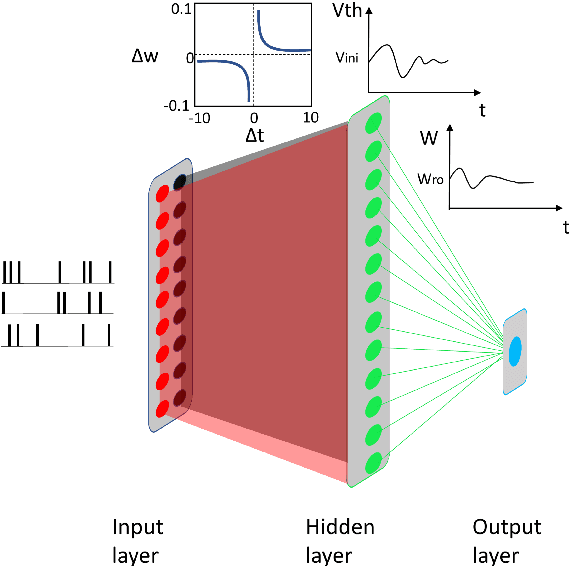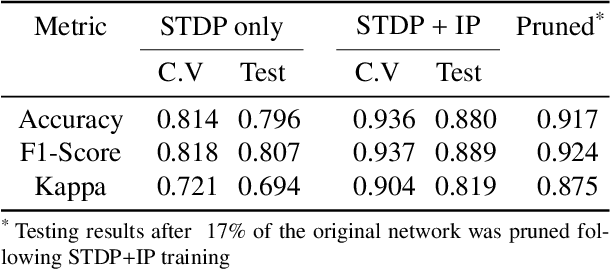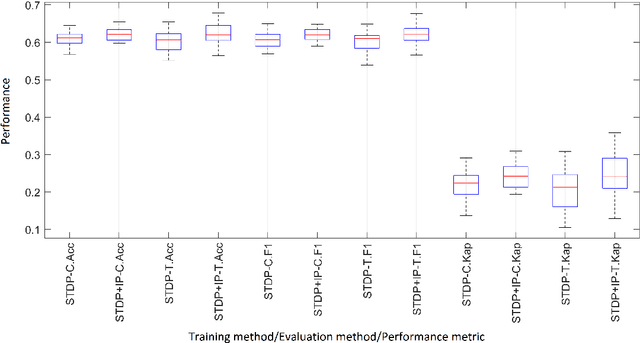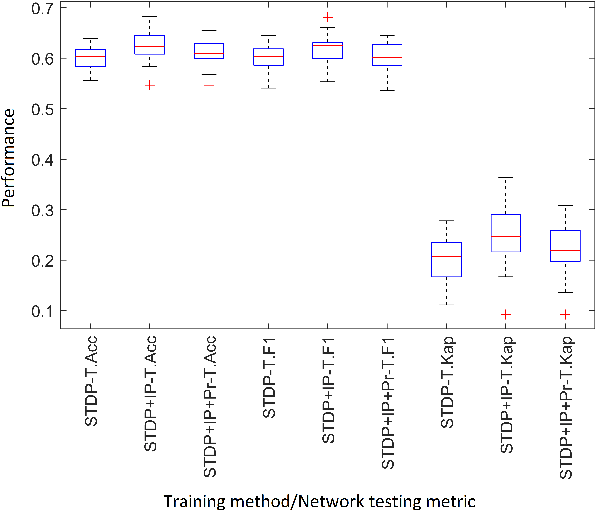Jacqueline Whalley
Auckland University of Technology
An Eye for an AI: Evaluating GPT-4o's Visual Perception Skills and Geometric Reasoning Skills Using Computer Graphics Questions
Oct 22, 2024Abstract:CG (Computer Graphics) is a popular field of CS (Computer Science), but many students find this topic difficult due to it requiring a large number of skills, such as mathematics, programming, geometric reasoning, and creativity. Over the past few years, researchers have investigated ways to harness the power of GenAI (Generative Artificial Intelligence) to improve teaching. In CS, much of the research has focused on introductory computing. A recent study evaluating the performance of an LLM (Large Language Model), GPT-4 (text-only), on CG questions, indicated poor performance and reliance on detailed descriptions of image content, which often required considerable insight from the user to return reasonable results. So far, no studies have investigated the abilities of LMMs (Large Multimodal Models), or multimodal LLMs, to solve CG questions and how these abilities can be used to improve teaching. In this study, we construct two datasets of CG questions requiring varying degrees of visual perception skills and geometric reasoning skills, and evaluate the current state-of-the-art LMM, GPT-4o, on the two datasets. We find that although GPT-4o exhibits great potential in solving questions with visual information independently, major limitations still exist to the accuracy and quality of the generated results. We propose several novel approaches for CG educators to incorporate GenAI into CG teaching despite these limitations. We hope that our guidelines further encourage learning and engagement in CG classrooms.
Ensemble plasticity and network adaptability in SNNs
Mar 11, 2022



Abstract:Artificial Spiking Neural Networks (ASNNs) promise greater information processing efficiency because of discrete event-based (i.e., spike) computation. Several Machine Learning (ML) applications use biologically inspired plasticity mechanisms as unsupervised learning techniques to increase the robustness of ASNNs while preserving efficiency. Spike Time Dependent Plasticity (STDP) and Intrinsic Plasticity (IP) (i.e., dynamic spiking threshold adaptation) are two such mechanisms that have been combined to form an ensemble learning method. However, it is not clear how this ensemble learning should be regulated based on spiking activity. Moreover, previous studies have attempted threshold based synaptic pruning following STDP, to increase inference efficiency at the cost of performance in ASNNs. However, this type of structural adaptation, that employs individual weight mechanisms, does not consider spiking activity for pruning which is a better representation of input stimuli. We envisaged that plasticity-based spike-regulation and spike-based pruning will result in ASSNs that perform better in low resource situations. In this paper, a novel ensemble learning method based on entropy and network activation is introduced, which is amalgamated with a spike-rate neuron pruning technique, operated exclusively using spiking activity. Two electroencephalography (EEG) datasets are used as the input for classification experiments with a three-layer feed forward ASNN trained using one-pass learning. During the learning process, we observed neurons assembling into a hierarchy of clusters based on spiking rate. It was discovered that pruning lower spike-rate neuron clusters resulted in increased generalization or a predictable decline in performance.
 Add to Chrome
Add to Chrome Add to Firefox
Add to Firefox Add to Edge
Add to Edge